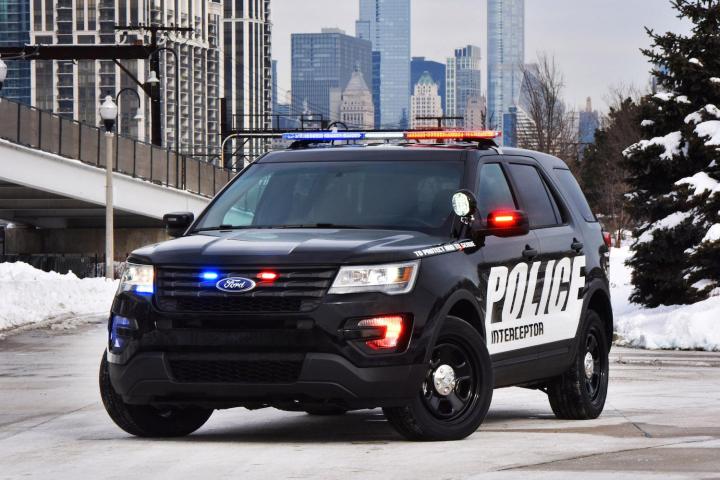
This year, Michigan’s finest found that Ford had the overall best-performing police cars. Police versions of the Taurus and Explorer (which Ford refers to as the Police Interceptor sedan and utility, respectively), posted the quickest 0-to-60 mph and 0-to-100-to-0 mph times in their categories, and were the fastest around Michigan’s Grattan Raceway. Chevrolet and Dodge managed to prevent Ford from completely dominating the test, though.
Ford does cop cars a little differently than its rivals. Both models tested are based on front-wheel drive platforms, while Chevy and Dodge use rear-wheel drive setups (all three offer all-wheel drive). Chevy and Dodge also offer V8 engines, while Ford’s lineup consists of an assortment of V6s and the smallest engine tested, a 2.0-liter, turbocharged EcoBoost four-cylinder in the Taurus-based SSP sedan. Chevy models included the Caprice sedan and Tahoe SUV, while the only Dodges in the test were different versions of the Charger Pursuit sedan.
Read more: NYPD’s latest police car is the Smart Fortwo
Ford’s divergence from the traditional cop-car approach seemed to pay off, for the most part. Equipped with the 3.5-liter, twin-turbocharged EcoBoost V6, the Police Interceptor sedan managed 0 to 60 mph in 5.7 seconds, while the Explorer-based utility model with the same engine did the deed in 6.4 seconds. However, the four-cylinder SSP sedan was the slowest car, posting a 0-to-60 mph time of 8.2 seconds, and a top speed of just 120 mph.
In contrast, the highest top speed was achieved by the Chevy Caprice equipped with a 6.0-liter V8, at 155 mph. The Ford Police Interceptor Utility and Chevy Tahoe tied for highest SUV top speed, both reaching 132 mph. Meanwhile, a rear-wheel drive version of the Charger posted the best braking figures.
Looking at these stats, it’s clear that today’s police cars aren’t nearly as fast as some of the performance cars currently available in showrooms. But lawbreakers should note that evading the cops isn’t all about speed. As the saying goes, “no car can outrun a Motorola.”


